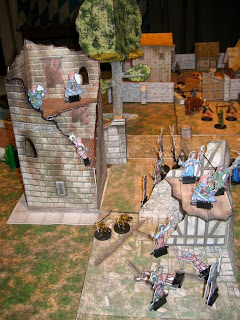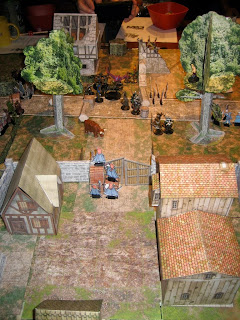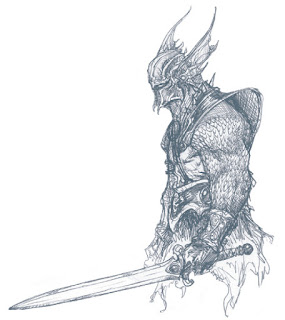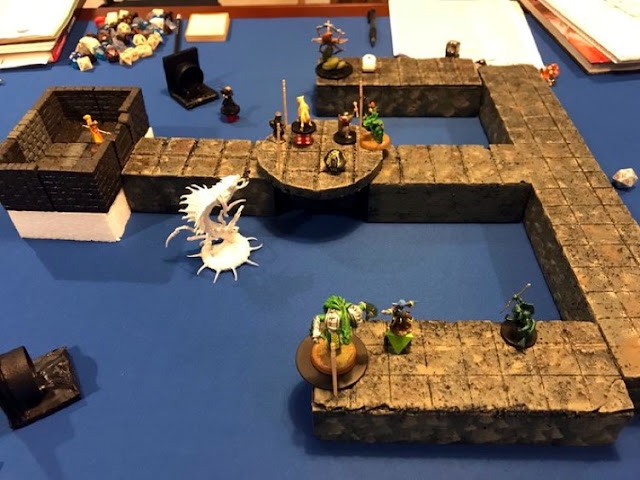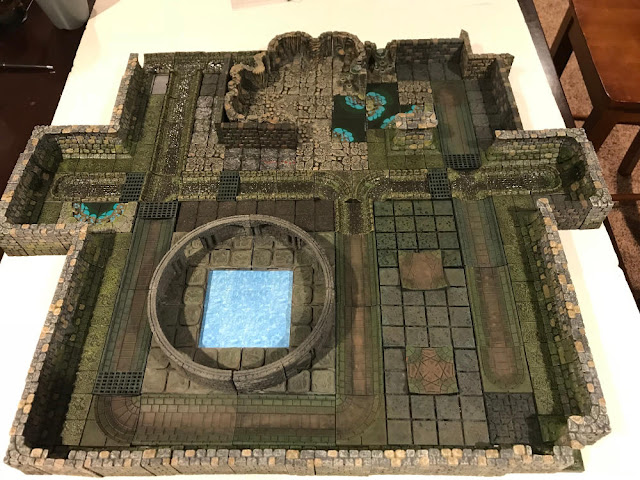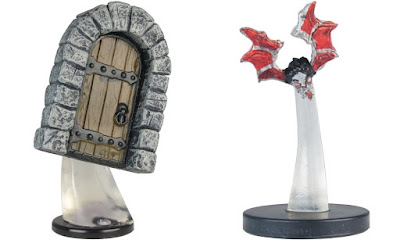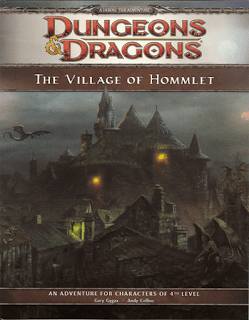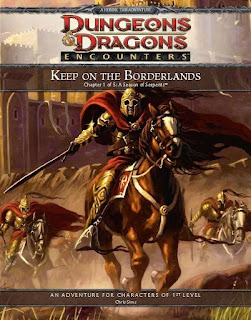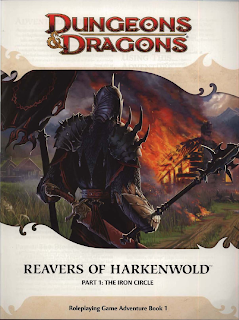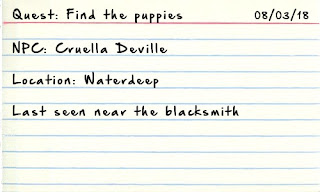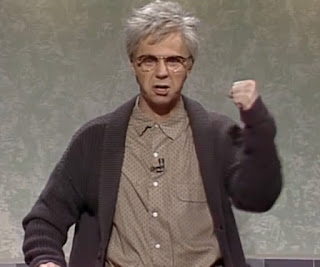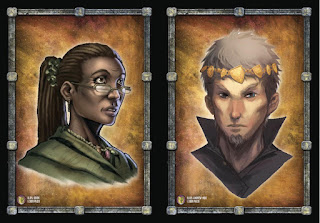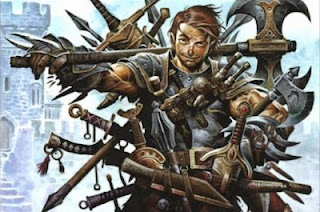 |
| Possibly useful for an urban homebrew campaign? |
Yesterday’s announcement of a new hardback for a Ravnica D&D campaign setting has a lot of fans scratching their heads.
Eberron fans only got a PDF update with some fleshed out UA content that has gotten a bit of a “meh” reaction. Forgotten Realms fans are griping, “Where is our full campaign sourcebook?” (Given the release of SCAG and other edition resources from the DM’s Guild, a campaign guide is not likely to happen any time soon). Greyhawk fans are pissed that 2nd Edition was really the last time the setting saw any love what-so-ever… And there’s Dragonlance, Dark Sun, Planescape, and others... One can only hope for a PDF update on DM’s Guild (
which I discussed yesterday).
So Why Ravnica?
It’s actually not too hard to figure out… Money. As in, Magic the Gathering brings in way more money than D&D ever has. On a 2016 earnings call, Hasbro management estimated that they have from
15 to 20 million active Magic players. That's a lot of potential consumers.
D&D as a brand is growing and Wizards/Hasbro wants to leverage that brand for their other consumers. Magic is an obvious low-barrier avenue to expand the player base. Even though it’s a Pokemon-esque card flopping game, it is fantasy-themed and has a deep lore associated with it. Wizards of the Coast already has their internal “lore bibles” for all the Magic releases, so why not leverage all that unseen content?
EDIT: To be clear, I am not against this decision.
It is a smart and profitable move by Wizards to expand the D&D audience.
There is a certain synergy in bringing the brands together in a joint marketing push.
1. Magic players are already familiar with Wizards of the Coast, and even if they don’t play D&D, they are certainly aware of it. There is already some Wizards of the Coast brand loyalty that exists.
2. Retailers can display the new D&D book right alongside their Magic decks and booster. There is a perfect “Hey, have you heard they released a D&D campaign setting?” sales pitch built in.
3. Don’t discount the power of the parent’s wallet. Younger kids may be playing Magic, but the purchase power really comes from Mom & Dad. Many of the parents may have played D&D in their younger days. Many of them even play Magic with their kids today. It makes sense to court the parents as well as the kids.
But Will It Sell?
There is always financial risk in courting a different market from your core fan base. Magic has deep lore built into the game… But how many Magic players actually care about the flavor text on their cards? Are there fans of Magic who are deep into the fluff of the game? Will they actually care enough to spend the money?
 |
| Hmm... This could be a thing... |
What we also don’t know is whether Ravnica will be a complete game with PC classes, game world, and monster stats all included, or if it will mostly be only a D&D campaign guide (the book cover and Planeshift PDFs seem to indicate the latter). We do know that D&D does not have a magic system that would support the “5 mana color” flavor of Magic spells. Will those lore fans be disappointed at a spell slot system that has none of the feel of Magic the Gathering?
Wizards likely has the market research that tells them this will
at least be a moderate hit, and I’m sure they know exactly how many people have downloaded their D&D Planeshift PDFs… but downloading a free PDF is a far cry from purchasing a $50 hardback book.
However, if they are able to sell this book to
one-tenth of 1% of their Magic fan base, that’s at least a half-million dollars in revenue. If they sell to
half of 1% of their existing Magic players, that will likely be
between $1.5 and $2 million in revenue for the D&D brand.
Final Thoughts
One thing I have noticed, is that the Plane Shift PDFs have come out in close proximity to similarly themed D&D adventures. Innistrad went with Curse of Strahd. Ixalan matches somewhat well with Tomb of Annihilation... and now Ravnica corresponds roughly with the release of a Waterdeep-based urban campaign.
For me personally, Ravnica holds little interest. Plane Shift: Ixalan feels like it could have been fleshed out even more into a full blown campaign setting. I’ll likely browse the Ravnica book when it hits retailers to see if there might be anything useful for a homebrew game, but I admit I am not the target market. The goal of Wizards is to turn at least a small percentage of their Magic players into D&D players.
And that would be a damn big payday for D&D... But it also risks of a big pile of unsold books. Let's hope for the former.


